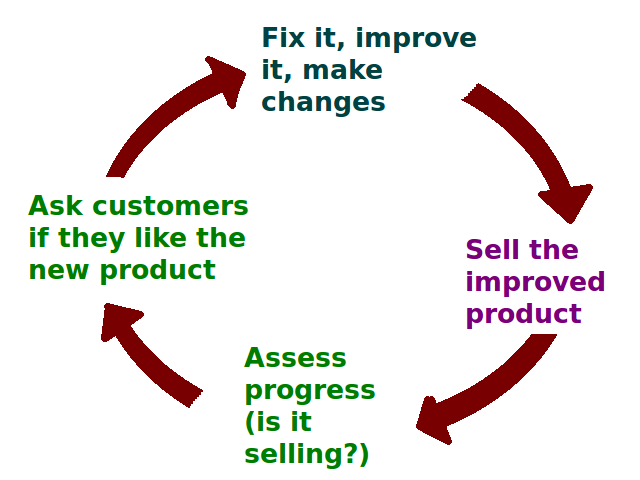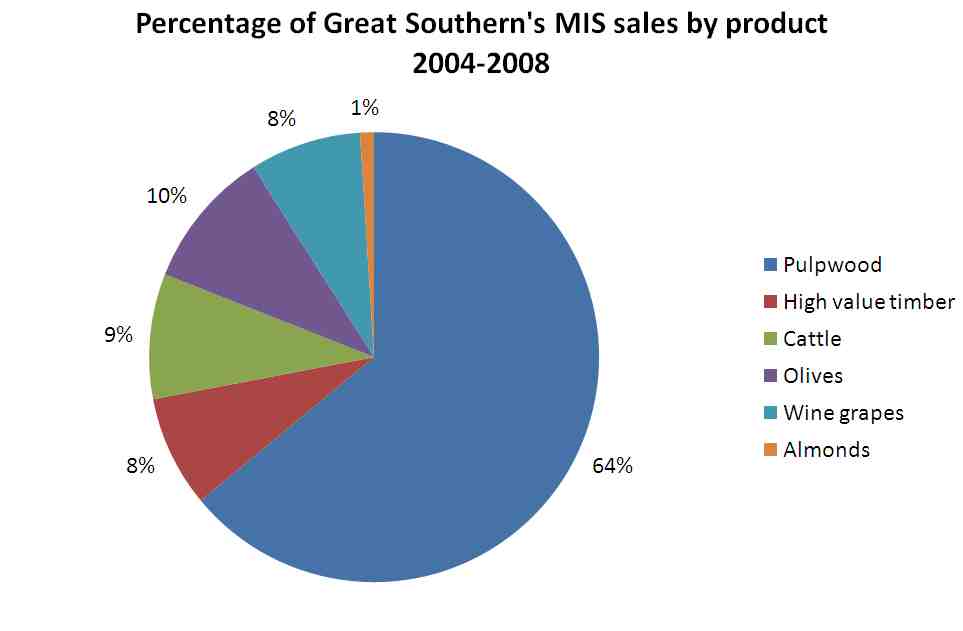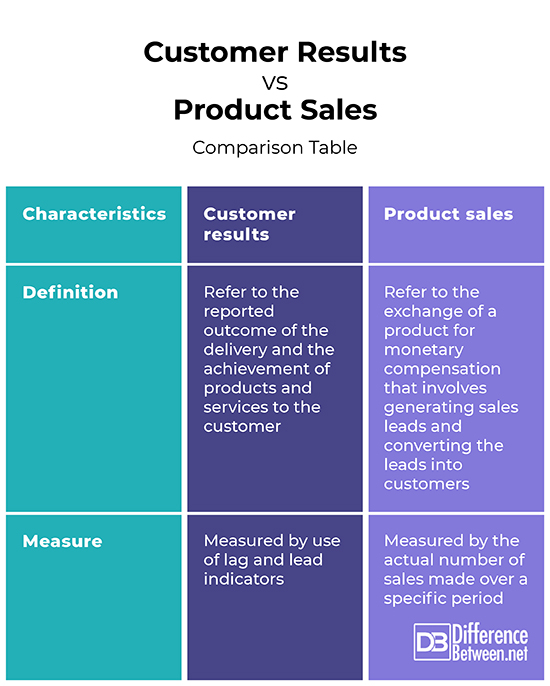Difference Between Customer Results and Product Sales
In the current competitive markets, the growth and success of businesses are mainly reliant on client satisfaction, among other factors including fair pricing, product availability and quality. Consumer satisfaction creates loyalty, which results in other sales, not to mention referrals. In regard to this, the terms customer results and product sales work hand-in-hand in the business environment. They, however, have differences.

What are Customer Results?
Customer results refer to the reported outcome of the delivery and the achievement of products and services to the customer.
Businesses can achieve positive customer results by understanding consumer requirements, having processes that deliver the desired products and services within the agreed quality, time and cost.
These can be measured using:
- Lag indicators- A measure of performance using past performance. Examples include customer satisfaction.
- Lead indicators- This is a measure of performance used to predict future success such as customer surveys.
These measures help organizations predict, monitor, understand and improve the performance of an organization. An incomplete set of customer results can however, have a negative impact on future strategies hence business results. Often, organizations make the mistakes of assuming customers act and think alike while also limiting the analysis of consumer results to certain geographical functions within an organization and ignore others. Another potential mistake is the collection of data on limited services and products and ignoring the less popular ones.

What are Product Sales?
This is the exchange of a product for monetary compensation that involves generating sales leads and converting the leads into customers. With technological advancement, sales channels have broadened. Brands now have a wider variety including direct sales, trade shows, inline selling, door to door sales, retail store and telemarketing sales.
Product sales are responsible for:
- Follow-ups- For a successful sales process, businesses should develop processes whereby each lead is given appropriate and timely follow up from a sales person.
- Relationship building- To help create trust between a buyer and a seller, sales should focus on building relationships with potential consumers.
- Closing a sale- Closing a sale is the most important step in the sales process. This can be done through an over the phone conversation, face to face meet-up and even an online conversation.
- Customer retention- Checking in with an existing client not only ensures client retention but also leads to referrals.
Similarities between Customer results and Product sales
- Both are used in relation to sales and marketing
Differences between Customer results and Product sales
Definition
Customer results refer to the reported outcome of the delivery and the achievement of products and services to the customer. On the other hand, product sales refer to the exchange of a product for monetary compensation that involves generating sales leads and converting the leads into customers.
Measure
Customer results are measured by the use of lag and lead indicators, product sales are measured by the actual number of sales made over a specific period.
Customer results vs. Product sales: Comparison Table

Summary of Customer Results vs. Product Sales
While customer results refer to the reported outcome of the delivery and the achievement of products and services to the customer, product sales refer to the exchange of a product for monetary compensation that involves generating sales leads and converting the leads into customers.
- Difference Between Profit Center and Investment Center - July 2, 2022
- Difference Between Anti-Trust and Anti-Competition - June 6, 2022
- Difference Between Stocktaking and Stock Control - June 6, 2022
Search DifferenceBetween.net :
Leave a Response
References :
[0]Frambach R & Nijssen E. Creating Customer Value Through Strategic Marketing Planning: A Management Approach. Springer Science & Business Media, 2001. https://books.google.co.ke/books?id=jtuihJKvixYC&pg=PA11&dq=Difference+between+customer+results+and+product+sales&hl=en&sa=X&ved=0ahUKEwiF-IHE58fpAhVRyoUKHcG7DqcQ6AEILzAB#v=onepage&q=Difference%20between%20customer%20results%20and%20product%20sales&f=false
[1]Frambach R & Nijssen E. Creating Customer Value Through Strategic Marketing Planning: A Management Approach. Springer Science & Business Media, 2001. https://books.google.co.ke/books?id=jtuihJKvixYC&pg=PA11&dq=Difference+between+customer+results+and+product+sales&hl=en&sa=X&ved=0ahUKEwiF-IHE58fpAhVRyoUKHcG7DqcQ6AEILzAB#v=onepage&q=Difference%20between%20customer%20results%20and%20product%20sales&f=false
[2]Paulraj Ponniah. Data Warehousing Fundamentals for IT Professionals. John Wiley & Sons, 2011. https://books.google.co.ke/books?id=aIDjcF9r_hgC&pg=PA263&dq=Difference+between+customer+results+and+product+sales&hl=en&sa=X&ved=0ahUKEwiF-IHE58fpAhVRyoUKHcG7DqcQ6AEIOTAC#v=onepage&q=Difference%20between%20customer%20results%20and%20product%20sales&f=false
[3]Kujnish Vashisht. A Practical Approach to Sales Management. Atlantic Publishers & Dist, 2006. https://books.google.co.ke/books?id=8p_-vB_BVMYC&pg=PA105&dq=Difference+between+customer+results+and+product+sales&hl=en&sa=X&ved=0ahUKEwiF-IHE58fpAhVRyoUKHcG7DqcQ6AEIQjAD#v=onepage&q=Difference%20between%20customer%20results%20and%20product%20sales&f=false
[4]Image credit: https://commons.wikimedia.org/wiki/File:Great_Southern_product_sales_pie_chart.jpg
[5]Image credit: https://upload.wikimedia.org/wikipedia/commons/4/4f/Business_Feedback_Loop_PNG_version.png
